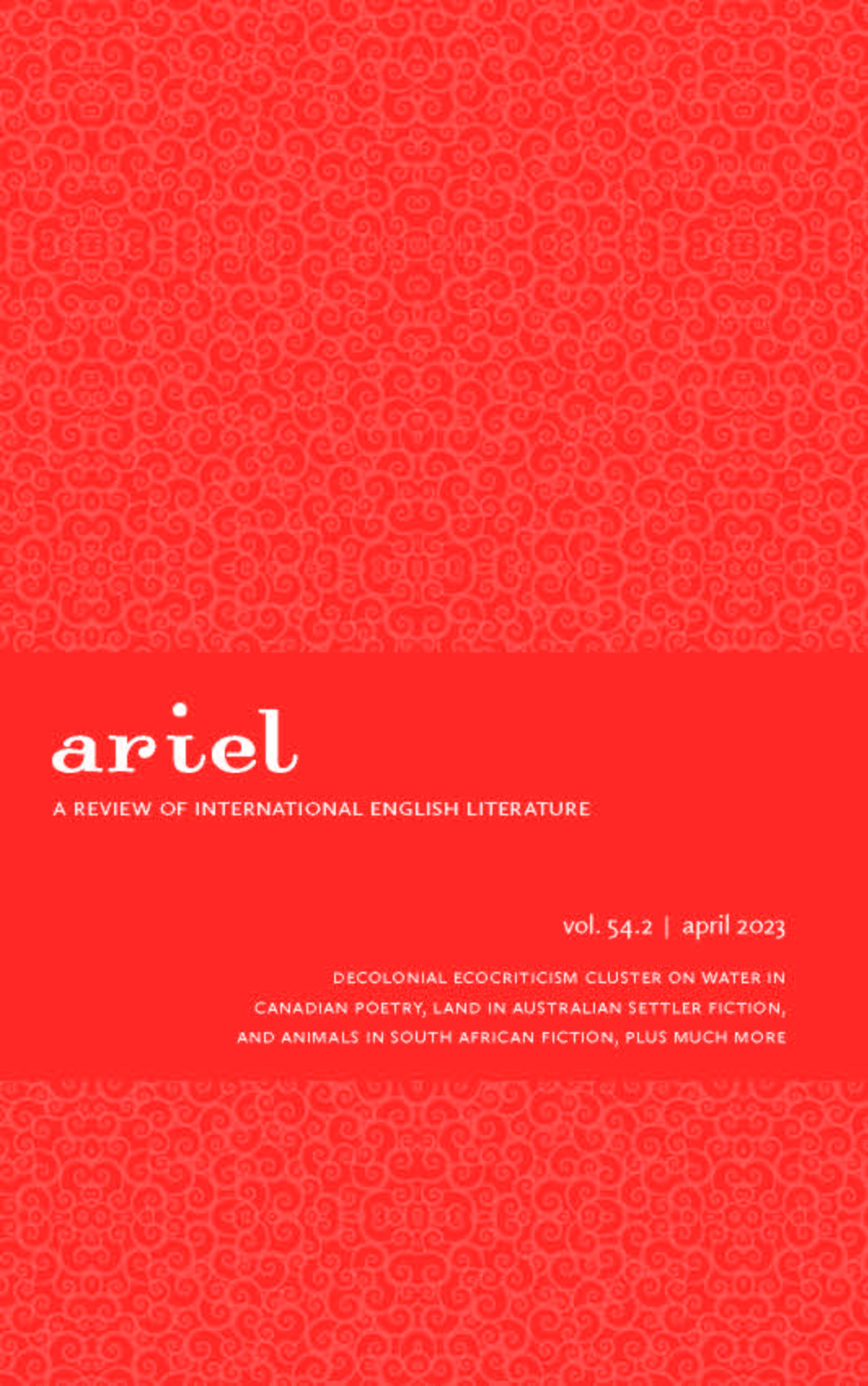Unsettling Arts of Extinction in Henrietta Rose-Innes's Green Lion
Keywords:
Rose-Innes, Green Lion, taxidermy, extinction, world-ecologyAbstract
Henrietta Rose-Innes’s novel Green Lion illuminates ways that human constructed images impact the material lives and deaths of animals, particularly excavating settler-capitalist legacies of preservation. This essay explores how Rose-Innes turns to taxidermy as inspiration for both the form and content of her novel, arguing that she crafts a work that resonates with new taxidermy in visual arts as she deploys narrative strategies that expose the consequences of images that neglect nonhuman life worlds and conceal death to offer consoling illusions of perpetual presence. Rather than recovering stories of lost animal worlds, Green Lion repositions animal images within histories of multispecies entanglements, exemplifying how literary texts can reframe animal lives and deaths to facilitate confrontations with uncomfortable feelings of grief and guilt and reckon with legacies of settler-capitalism that have been obscured by images of timeless nature.


